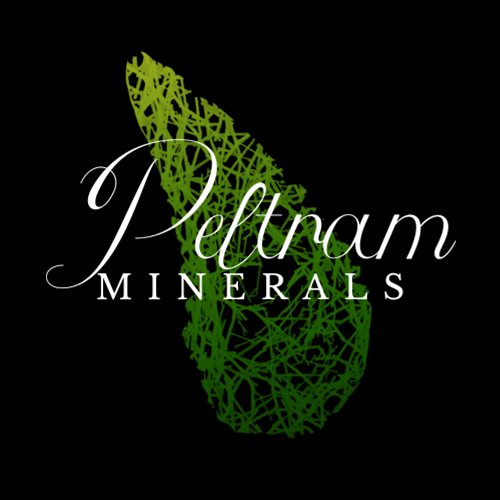Raw amber – Colombia
Locality: Villanueva, Santander, Colombia
Weight: 10g
Dimensions: 5,2x 2,7 x 1,6 cm
| Category: | Colombia |
|---|
Colombian amber is a fascinating, though less well-known, type of fossilized resin. It has gained global recognition thanks to specific localities and some unique properties that distinguish it from the much more widespread Baltic or Dominican amber.
Properties and Appearance
Colombian amber can vary in color from light yellow to dark brown, with honey and reddish tones also occurring. As with other amber types, it can be found in transparent forms, as well as in specimens with various degrees of cloudiness.
Age
Colombian amber originates mainly from younger geological periods (most commonly Miocene to Pliocene, i.e. approximately 2.6–23 million years).
Some Colombian localities also yield what is known as copal, a younger form of fossilized resin that has not yet reached the age, chemical stability, or degree of polymerization typical of true amber. In contrast to amber, which formed tens of millions of years ago (e.g. during the Eocene), copal is usually under 5 million years old, and often just a few hundred thousand years.
Copal may resemble amber at first glance—it is often clear, golden, and lightweight, and can sometimes contain insect or plant inclusions. However, the key difference lies in its physical and chemical properties: copal is softer, less stable, often slightly sticky, and dissolves in organic solvents (e.g. acetone), whereas true amber remains unaffected.
In Colombia, copal is primarily extracted in regions such as Huila, Tolima, or El Valle, and is often commercially labeled as “young amber”, even though from a scientific point of view it is not considered true amber. Therefore, it should always be clearly labeled, to avoid confusion with true amber from regions like Santander.
Inclusions
Colombian amber can preserve fossil remains of various prehistoric insects (e.g. ants, termites, mosquitoes, wasps, beetles), arachnids, and plant material such as fibers, leaf fragments, or pollen grains. Rarer inclusions may include tiny pieces of lichens or mosses, providing insight into the rich vegetation and tropical conditions of its time.







